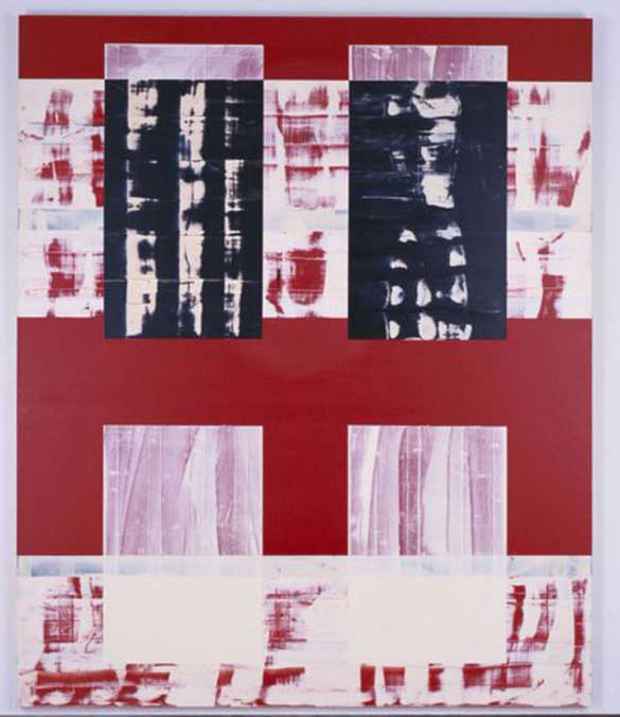“The Intimacy of Abstraction” Exhibition
Dorsky Gallery Curatorial Programs

This event has ended.
Viewing abstract paintings and photographs isn’t often thought of as an intimate experience. Frequently, non-representational art may seem visually overwhelming—dense, confusing and obtuse. The aim of the present exhibition is to present work in a manner that allows for reflection, contemplation, and intimacy between the viewer and the art so that each person may bring their own experiences, their own aesthetic sense, their own personalities into a dialogue with those of the artists.
When viewing representational art, the visual language of objects is universally understood, the viewer immediately apprehends the object and the full panoply of literal, figurative, emotional associations to that object, thus rendering the object resistant to distortions of perspective, color, and verisimilitude. A fruit bowl reads as a fruit bowl, a painting of a tree reads as a tree, and a portrait will be understood as a representation of a person. The representation of an object is decidedly not the same as the object itself. “Ceci n’est pas une pipe”, the well-known work by René Magritte, serves to underscore this point. Even in near-abstracted art, e.g., cubism, the discernable visual clues direct and guide the viewer to see the referent object, thus informing their interaction with the shared, universal associations we have with those objects. Though personal engagement with any work of art will still be unique to each viewer, representative art requires less effort from the viewer to see what the painting, print or photograph is of.
However, when looking at non-representational art, the comfort of recognizing at a glance what one is viewing or one perceives to be viewing, is taken away. There are no visual cues, no didactic language, no flash of recognition. These works may be appreciated from afar, sensed as a gestalt, but without close examination, the emotional connection between artist and viewer is lost. Abstraction thus requires an entirely new relationship between artist, artwork, and viewer in a manner that can be simultaneously challenging and liberating: there is no right or wrong interpretation of the work, and the viewer’s active participation is necessary in order to truly see and understand it. It is in this sense of personal perceptual effort that intimacy informs abstraction. Without a representational frame of reference to the subject of the work, it is the viewer’s emotional and intellectual reaction to the composition, to the colors (or lack thereof), to the contrast, the thickness, the layering, the gestural application of paint, the lines, the blotches, and purposeful or accidental application of figure and ground that defines the meaning of that work to that viewer at that intimate moment of connection and reflection. No two people may view the work the same way or share the same reaction, and the same viewer is likely to have different reactions to the same piece viewed at different times. Thus is the interaction with abstract art becomes intimate—it cannot be repeated or duplicated and is critically dependent on the experiences of the viewer at the time of the viewing.
The impetus for the present exhibition is simple: To look at art for arts’ sake; to look at process and color and medium and glimpse the artists hand; to enjoy the work itself as one would experience a cathedral—quiet, contemplative, meditative—unearthing and discovering for oneself the small intimate details from large canvases that are bathed in broad brushstrokes of color, gestural lines, and thick layers of paint. To share the joy of that intimate experience is what the present exhibition is about. The viewing of this type of work should inspire the viewer to really look and reflect on the abstract works here creating your own experience of reflection and appreciation, your own sense of intimacy.
— Chelsea L. Cooksey
New York, NY 2014
Media
Schedule
from November 23, 2014 to January 02, 2015
Opening Reception on 2014-11-23 from 14:00 to 16:00